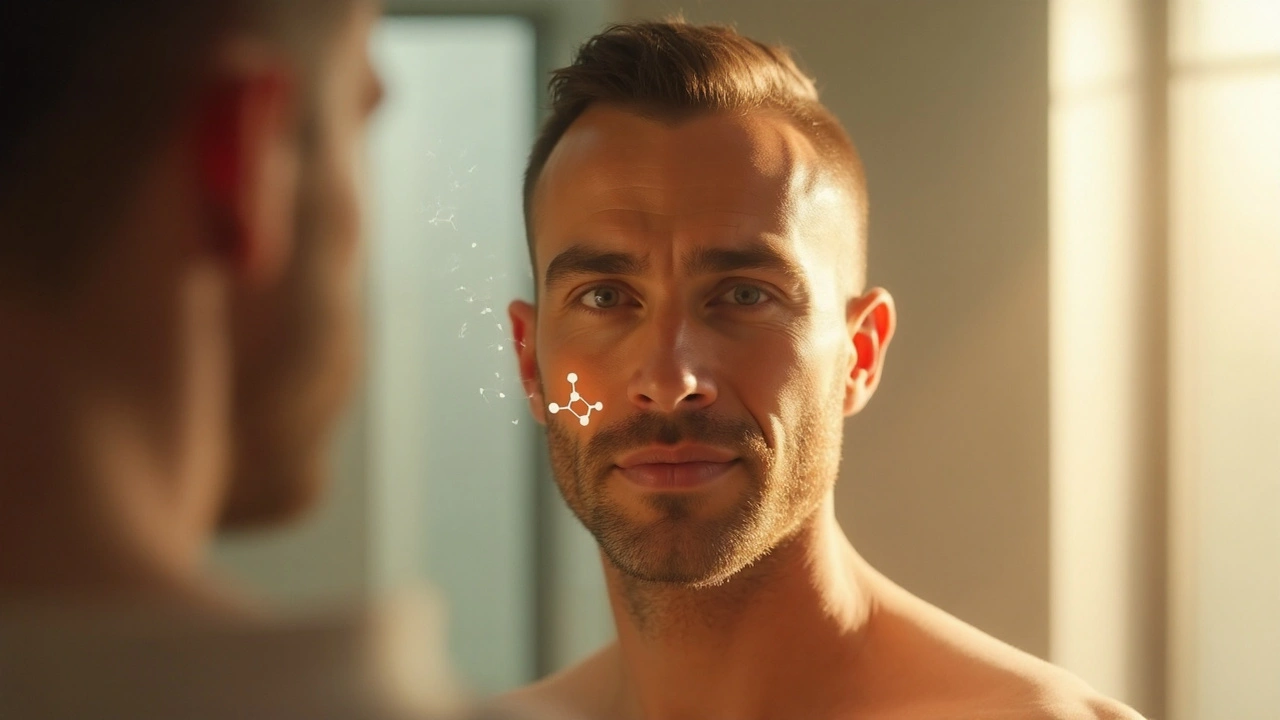
Finast Explained: Uses, How It Works, Side Effects & Alternatives
Finast is a finasteride brand for male pattern baldness. Find out how it works, correct dosing, possible side effects, and how it stacks up against other hair‑loss options.
Finasteride is a pill that blocks a hormone called DHT. DHT is the main reason men lose hair on the scalp and it also makes the prostate grow. By lowering DHT, finasteride can help keep hair on the crown and keep the prostate from getting too big.
Most people take finasteride for two reasons:
If you’re considering it, talk to a doctor about which dose fits your goal. The drug works only while you keep taking it; stopping will usually bring the original condition back.
Finasteride is generally safe, but a small number of users notice issues. The most common are lower libido, weaker erections, and a slight drop in semen volume. These effects often improve after a few weeks or when the dose is adjusted.
Rarely, men experience mood changes or breast tenderness. If anything feels off, call your doctor – they might lower the dose or suggest a break.
Because finasteride changes hormone levels, it’s not for women who are pregnant or may become pregnant. Even handling crushed tablets can expose a fetus, so keep them out of reach.
When you start the medication, ask your doctor for a baseline PSA (prostate‑specific antigen) test. Checking PSA later helps track prostate health and catches any unexpected changes early.
Remember to take the pill at the same time each day. Missing doses can cause a dip in DHT levels, which may lead to a temporary flare‑up of hair shedding or urinary symptoms.
For those who want a different route, there are two main alternatives:
If BPH is the main issue, other options include alpha‑blockers like tamsulosin, which relax the prostate muscle, or surgical procedures for larger glands.
When you shop for finasteride online, stick to licensed UK pharmacies. Look for a clear price, a valid pharmacy license number, and a pharmacist’s contact info. Avoid sites that promise “no prescription needed” – those are often counterfeit and unsafe.
Bottom line: finasteride can be a solid tool for hair and prostate health, but it’s worth weighing the benefits against the possible side effects. Talk openly with your doctor, monitor how you feel, and consider alternatives if the pill doesn’t feel right for you.

Finast is a finasteride brand for male pattern baldness. Find out how it works, correct dosing, possible side effects, and how it stacks up against other hair‑loss options.